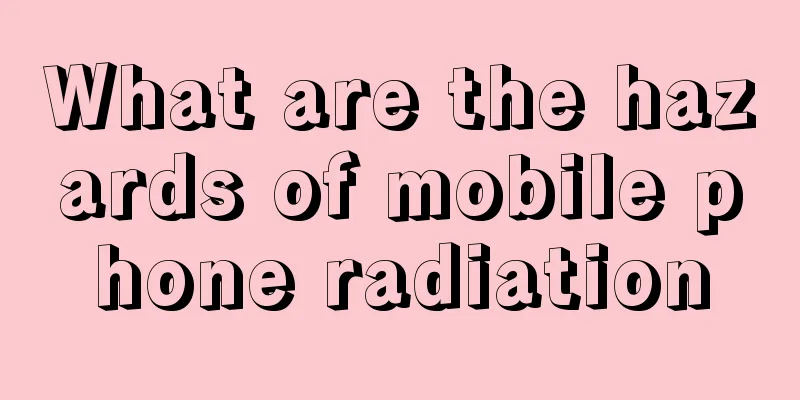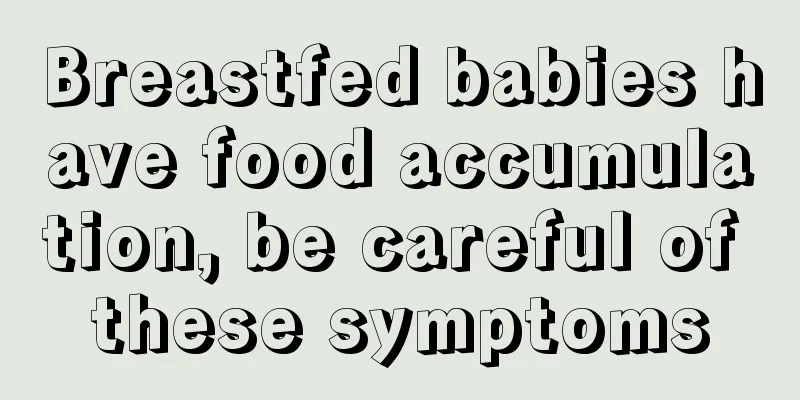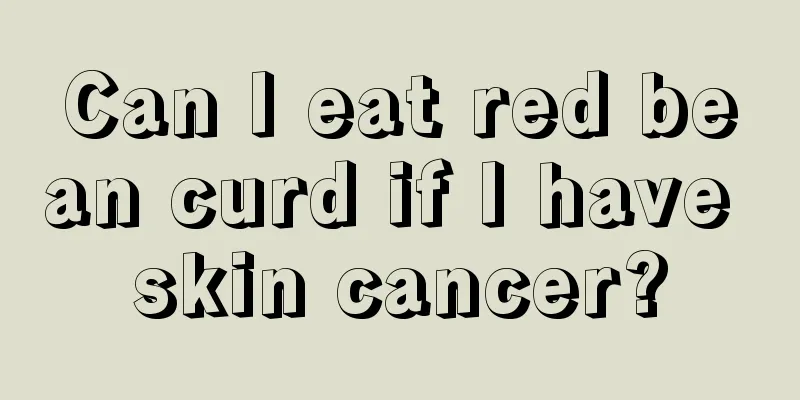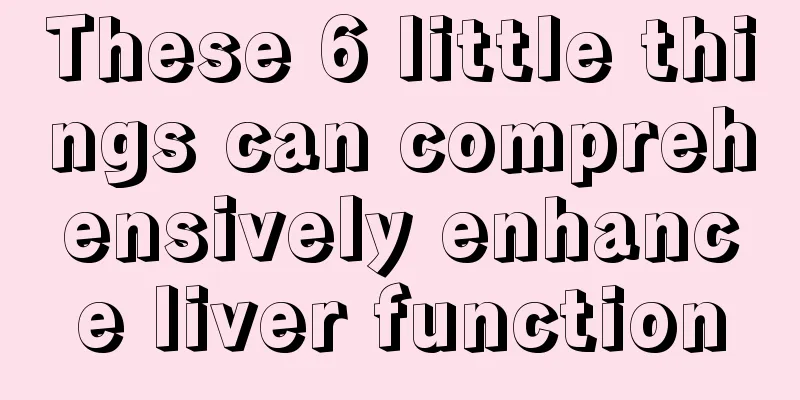Is acute cholecystitis a serious problem?

|
Although acute cholecystitis is a common disease, its harm is also relatively large. Therefore, treatment of acute cholecystitis must be carried out actively. In terms of diet, avoid eating greasy, spicy and irritating foods, and pay attention to rest. 1. Cholecystitis is a common disease. In my country, according to literature reports, it ranks second among acute abdominal surgical diseases, second only to acute appendicitis, and is more common than acute intestinal obstruction and ulcer perforation. In the past decade or so, with the popularization and widespread application of B-ultrasound, a powerful non-invasive examination tool has been provided for the detection and diagnosis of cholecystitis and biliary tract diseases, which has significantly improved the detection rate and accuracy of biliary tract diseases. The onset of acute cholecystitis is due to stones blocking the cystic duct, causing bile retention in the gallbladder and secondary bacterial infection causing acute inflammation. 2. In acute non-calculous cholecystitis, the cystic duct is often not obstructed. In most patients, the cause of the disease is unclear. It often occurs after trauma or some abdominal surgery unrelated to the biliary system. Acute cholecystitis is a common disease that is an acute chemical and/or bacterial inflammation of the gallbladder. About 95% of patients have gallstones, which is called calculous cholecystitis; 5% of patients do not have gallstones, which is called acalculous cholecystitis. 3. The onset of acute cholecystitis is often related to overeating, eating greasy food, fatigue and mental factors. It often occurs suddenly, with right upper abdominal colic at the beginning, which worsens in paroxysmal ways and radiates to the right shoulder or chest and back, accompanied by nausea and vomiting. There may be no chills or fever in the early stages of the disease, but chills and fever may occur when there is a purulent infection in the gallbladder. Some patients may also experience yellowing of the sclera of both eyes. When the inflammation spreads to the area around the gallbladder, the condition becomes increasingly serious, the abdominal pain becomes more severe, and the area becomes wider than before. At this time, the upper right abdomen cannot be touched, and even a little pressure will cause unbearable pain. 4. Sometimes deep breathing, turning over or coughing can aggravate the pain, causing the patient to lie still and dare not move. About 1/3-1/2 of patients can feel a slightly raised, egg-sized swollen bile duct in the right upper abdomen, and the pain worsens when pressed. For most patients, the above symptoms can be gradually relieved after active and effective treatment, but a small number of patients, especially elderly patients with arteriosclerosis, may develop gallbladder gangrene and perforation. At this time, the patient has severe abdominal pain, the disease progresses rapidly, and symptoms such as dehydration, shock and peritonitis appear, which can be life-threatening in severe cases. |
<<: Symptoms and treatment of gallbladder polyps
>>: What to do if you have a lumbar muscle strain
Recommend
Correctly diagnose whether there is small cell lung cancer
How to correctly diagnose whether there is small ...
What are the diagnostic methods for brain cancer?
Brain cancer is a malignant tumor in the brain, a...
Is umbilical cord torsion a sign of rapid fetal movement?
For pregnant women, every pregnant woman hopes th...
What are the symptoms of ovarian cancer
The symptoms of ovarian cancer in the early stage...
The impact of poisonous pickled pepper chicken feet
Maybe many of us like to eat pickled chicken feet...
7 Signs of Lack of Sleep
Feeling sleepy in spring and tired in autumn, and...
Is catarrhal otitis media serious? How to treat it?
Catarrhal otitis media is also called secretory o...
What is the reason for red eyebrows after washing face
In order to keep the face clean, people often use...
What to eat on Dragon Boat Festival morning
The Dragon Boat Festival is also a traditional Ch...
Can't thyroid cancer be treated with CT scan?
Patients with thyroid cancer can undergo CT scans...
What should patients with nasopharyngeal carcinoma pay attention to
With the deterioration of the environment, change...
How to deal with fever and sweating correctly
Sweating when you have a fever can actually reduc...
Can ginger soaked in vinegar remove spots?
Ginger soaked in vinegar is a common health food....
Treatment of uremia, Chinese medicine has good effect
Everyone will be very scared when talking about u...
How long can one live with advanced colorectal cancer
How long can a patient with advanced colorectal c...









